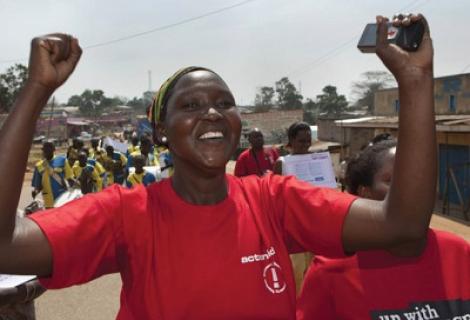
Normal 0 false false false EN-GB X-NONE X-NONE /* Style Definitions */ table.MsoNormalTable {mso-style-name:"Table Normal"; mso-tstyle-rowband-size:0; mso-tstyle-colband-size:0; mso-style-noshow:yes; mso-style-priority:99; mso-style-parent:""; mso-padding-alt:0cm 5.4pt 0cm 5.4pt; mso-para-margin:0cm; mso-para-margin-bottom:.0001pt; mso-pagination:widow-orphan; font-size:10.0pt; font-family:"Times New Roman","serif";}
Ten years ago, ActionAid embarked on a journey that would change the organization profoundly. Through the creation of a federation where each country member participates equally in decision-making the aim was to solidly anchor ActionAid's accountability to communities in practice. The aim was to practice power-sharing and accountability in the very structure of ActionAid, to walk the talk. It became a complex and adventurous walk that offered both hurdles and unexpected views of the organizational landscape of an INGO. This is part of the story of this journey and where ActionAid is today, ten years later.
The report was researched and written by Sherine Jayawickrama and Alnoor Ebrahim from the Hauser Center at Harvard University, as part of a wider review if of the AAI governance model